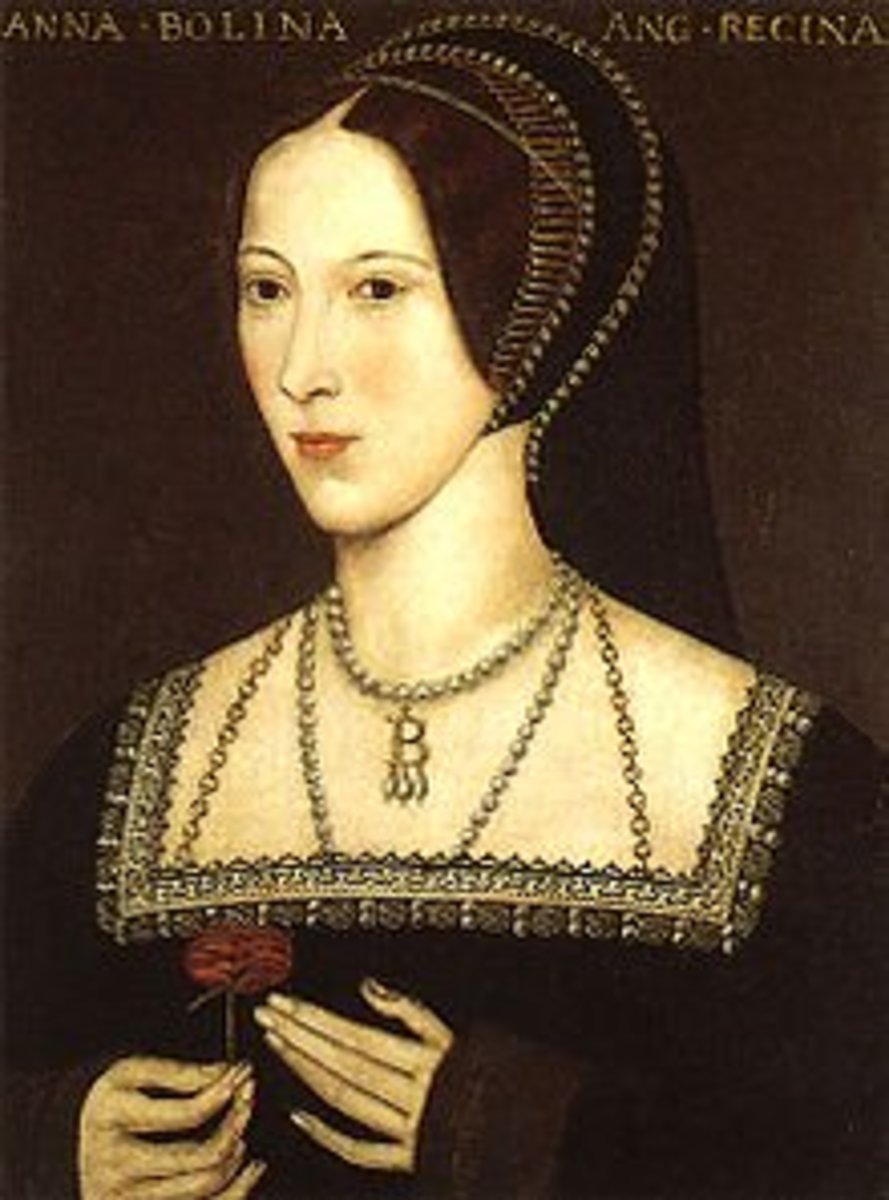as a teenager and loving it. Queen St. Jadwiga's official title was "King" of Poland, since she was the sovereign. From
More on St Jadwiga, who gave up the man she loved to bring the faith to Lithuania,
. To quote:
Jadwiga was a tall and beautiful girl
with red hair. In Europe she was famous not only for her beauty but also
with wise diplomacy and deep devotion. Besides the Polish and Hungarian
languages she also knew Latin, German and Italian. She had a strong
personality and confident character.
She
really cared for the fostering of faith in Lithuania. For this purpose
she organized a special collegium at the University of Prague, in which
future Lithuanian princes were formed. There was “something” in her that
won people over. She reconciled Jagiellonians who were in conflict
(dynastic problems in Lithuania). She knew about politics and personally
met with the leaders of hostile nations to negotiate and agree with the
conditions of the project.
In
addition to concern for politics, the good of her subjects was close to
her heart: she funded many hospitals and churches. Tied with the
construction of one of them – the Carmelite church of the Blessed Virgin
Mary “na Piasku” (see: map) – there is a legend. A certain day, when
the queen came to the construction site, she noticed that one of the
workers was very sad.
This
really moved her and she asked him for the reason of his sadness. He
answered her with his difficult family situation: his wife, the mother
of three kids, was very sick and close to death. Despite his work in
construction, he wasn’t able to afford the treatment. Queen Jadwiga,
moved by the man’s misery, leaning over pulled a slipper from her foot
and unfastened from it a golden buckle, which she offered him. In this
same moment, her bare foot leaned against a stone covered with lime,
leaving an impression of her foot on it. When she left, the bricklayer
noticed the impression and placed it into the wall of the church. To
this day you can admire the impression of the foot of Queen Jadwiga.
Surrounded by wire, it can be seen in one of the corners of the church
of the Carmelites, at ul. Karmelicka.
Queen
Jadwiga really cared for her relationship with Jesus and did a lot to
bring Him closer to her relatives and subjects. She prayed a lot,
practiced mortification. She also cared for the spread of the Word of
God, funding a translation of the Holy Bible and the writings of the
fathers of the church for Wawel Cathedral. She wished that the Lord
would be praised there with the psalms without ceasing, so she
established a special Psalterist college of sixteen people who praised
God night and day. To strengthen the fundamentals of the faith in the
Kingdom of Poland, she bequeathed her fortune to the renewal and
expansion of the impoverished Academy of Krakow. She obtained the Pope’s
permission to open a Department of Theology, which greatly hastened
evangelization in the whole area of the vast kingdom in the Polish,
Lithuanian and Ruthenian lands.
The
Department had a great influence on raising the profile of the
university, which from then on really counted in Europe, and whose
revival had great meaning in the history of Poland. It is here (from the
XIXth century called the Jagiellonian University) that Pawel Wlodkowic,
Mikolaj Kopernik, St. John Cantius, Stanislaw Wyspianski, Karol Wojtyla
and the current President of Poland Andrzej Duda studied, to name a
few.
Jadwiga
and Wladyslaw reigned together for almost 13 years. Despite the large
difference in their age they really understood each other. Wladyslaw
really loved Jadwiga, who despite the difficult beginnings of their
relationship, with time also loved him. They had great respect and trust
for each other. The king wished for a child, an heir. Jadwiga gave
birth to a daughter, Elizabeth Bonifacia, but after three weeks the
little princess died. Following her, two days later, because of
childbirth complications – the 25-year old Jadwiga departed. Her death
was a shock for the kingdom and was widely heard about in Europe. The
Queen was buried in the Cathedral in Wawel. Jagiello, even though he
married three times afterward, until the end of his life wore the ring
given to him by his beloved Jadwiga. (
Read more.)
































